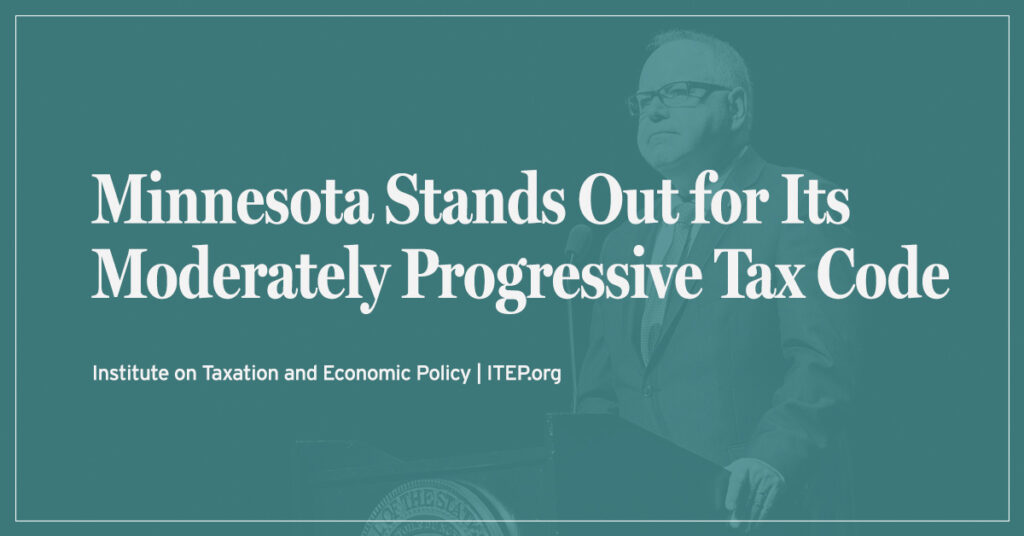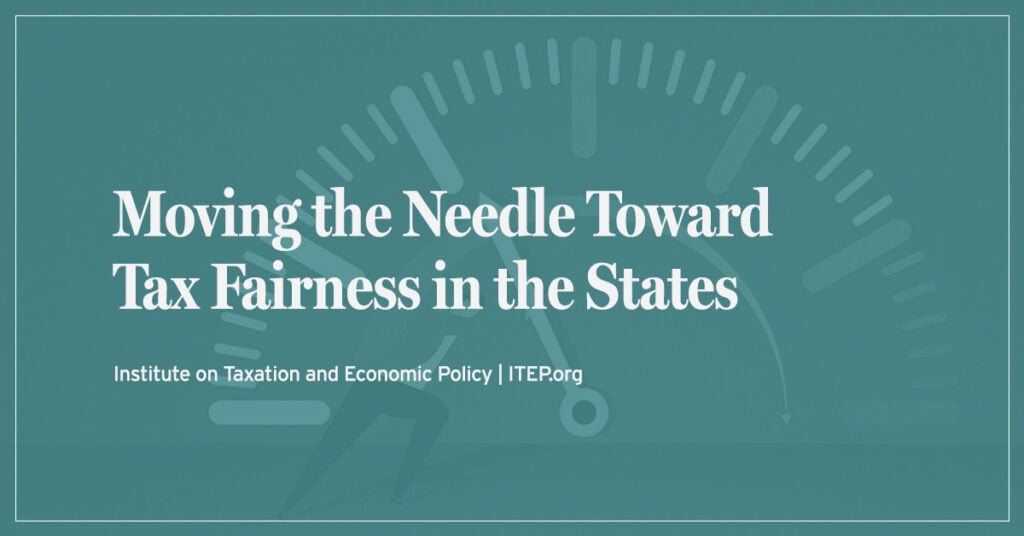BY SCOTT RUSSELL, MINNESOTA BUDGET BITES
May 13, 2010
The Minnesota Legislature voted Monday to create a new tax bracket on high-income households as one small part of an overall budget fix. The new tax bracket and an early phaseout of federal tax cuts on high-income households would raise $434 million, about 15 percent of the total of the budget balancing bill. The remainder of the bill accepts most of Governor Pawlenty’s unallotments, including school funding shifts. About five percent of Minnesota households would be impacted by these tax provisions.
The impact of the new tax bracket would be 1.25 cents for each dollar of taxable income above $200,000 (taxable income is income after various deductions and exemptions). In addition, these households will see a decrease in their federal taxes because they are able to deduct their state income taxes on their federal tax return.
Experiences from other states show that fears that such a tax will lead large numbers of high-income households to leave the state are overblown. The experts at the Center on Budget and Policy Priorities say that:
The most recent studies have found that higher marginal income tax rates have a very small impact on where people decide to live. Other factors such as crime rates and the natural environment play a very significant role.
First, let’s look at Maryland, which passed a millionaire’s tax in 2008. The Institute on Taxation and Economic Policy found that there was a decline in the number Maryland’s millionaires, but that “has far more to do with the national recession – and its impact on household incomes – than it does with changes in tax policy.”
Here are the numbers:
-Maryland had 2,157 fewer millionaires in 2008.
-3,295 residents that were millionaires in 2007 saw their incomes drop in 2008 so that they were no longer millionaires.
-542 resident millionaires from 2007 changed their filing status to part-time or non-filer in 2008. (The analysis does not say why those 542 left or stopped filing, whether for weather, family reasons, taxes or other reasons.)
-At the same time, there were 1,680 new millionaires in Maryland in 2008. These include residents who became millionaires and millionaires who became full-time residents in 2008.
New Jersey offers another example. It imposed a “half millionaire tax” in 2004, a rate of 8.97 percent for income greater than $500,000. A 2008 Princeton University study analyzed New Jersey migration patterns and found that:
[T]he number of half-millionaires in New Jersey has increased sharply in recent years, from 26,000 in 2002 to 44,000 in 2006 (a 70% increase). Income growth among high earners has led to a tremendous increase in the number of people who fall into the half-millionaire tax bracket.
The study estimated the new tax netted an average of $895 million per year, after accounting for relatively small losses from high-income earners moving out of state to avoid taxes.
On Tuesday, Minnesota’s Governor vetoed the bill containing the new upper-income tax bracket. Negotiations with legislative leaders continue, with a May 17 legislative adjournment date looming.
The top-tier bracket has the advantage of being progressive, reaching those with the greatest ability to pay during the economic downturn. The Minnesota Department of Revenue finds that the highest-income households pay a smaller share of income in state and local taxes than the average Minnesotan.
The upper-income tax bracket passed by the legislature is part of a balanced approach to fix the budget in difficult times. It is a proposal that deserves to stay on the table.





